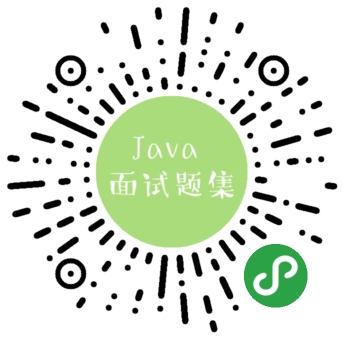JDK 1.5 之前同步容器包括:
- Vector、Hashtable、Stack
- Collections 工具类将普通容器,转变为同步容器,如:
public static <T> Collection<T> synchronizedCollection(Collection<T> c)
public static <T> Set<T> synchronizedSet(Set<T> s)
public static <T> List<T> synchronizedList(List<T> list)
public static <K,V> Map<K,V> synchronizedMap(Map<K,V> m)同步容器的实现原理就是在容器的操作方法上,加上了 synchronized 关键字。
List:CopyOnWriteArrayList
- Set:CopyOnWriteArraySet、ConcurrentSkipListSet
- Map:ConcurrentHashMap、ConcurrentSkipListMap
- Queue:阻塞队列名称用 Blocking 标识,单端队列名称用 Queue 标识,双端队列名称用 Deque 标识
- 单端阻塞队列:ArrayBlockingQueue、LinkedBlockingQueue、SynchronousQueue、LinkedTransferQueue、PriorityBlockingQueue、DelayQueue
- 双端阻塞队列:LinkedBlockingDeque
- 单端非阻塞队列:ConcurrentLinkedQueue
- 双端非阻塞队列:ConcurrentLinkedDeque
下面示例中,当不把 list 转变为同步容器,并发 add,最后主线程打印 list,可能会报 java.util.ConcurrentModificationException 和 java.lang.ArrayIndexOutOfBoundsException,去掉注释就可以并发新增元素(当然最后打印的 list 不一定是元素的情况)
package constxiong.interview; import java.util.ArrayList; import java.util.Collections; import java.util.List; /** * 测试 同步容器与并发容器 * @author ConstXiong * @date 2019-12-26 20:56:32 */ public class TestSynchronizedAndConcurrentCollection { static List<Integer> list = new ArrayList<Integer>(); public static void main(String[] args) throws InterruptedException { testSynchronizedCollection(); } /** * 测试同步容器 * @throws InterruptedException */ private static void testSynchronizedCollection() throws InterruptedException { // list = Collections.synchronizedList(list); for (int i = 0; i < 300; i++) { final int index = i; new Thread(() -> { list.add(index); }).start(); } System.out.println(list); } }
并发容器的使用很简单,跟普通容器类似,如:
/** * 测试并发容器 */ private static void testConcurrentCollection() { for (int i = 0; i < 300; i++) { final int index = i; new Thread(() -> { map.put(index, index); }).start(); } System.out.println(map); }
- Java 自学经历
- Java 面试题 H5
- Java 面试题小程序
